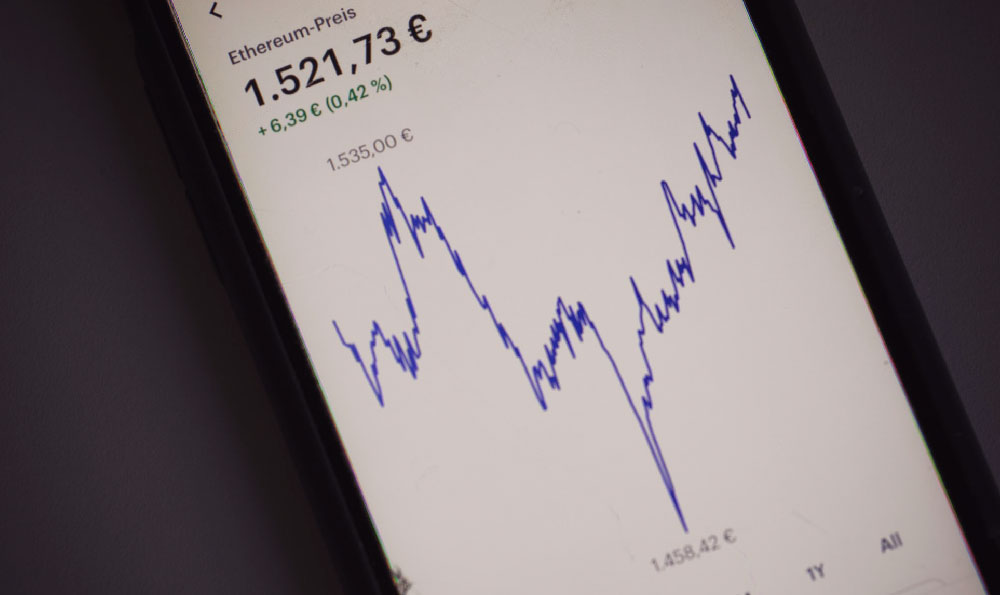Okay, here is an article addressing the Roth IRA Vanguard topic, aiming for comprehensive coverage and avoiding bullet points and numbered lists.
The Roth IRA is a powerful tool for retirement savings, particularly appealing to individuals who anticipate being in a higher tax bracket during retirement. The primary advantage lies in its tax treatment: contributions are made with after-tax dollars, but qualified withdrawals in retirement are entirely tax-free. Vanguard, a well-respected and low-cost investment firm, offers a compelling platform for managing a Roth IRA. Choosing the right investments within your Vanguard Roth IRA and understanding the process of getting started are crucial steps toward securing your financial future.
Opening a Roth IRA with Vanguard is a straightforward process. You can initiate the account online through their website. The initial steps involve providing personal information such as your Social Security number, date of birth, and contact details. You'll also need to designate a beneficiary, someone who will inherit the account in the event of your death. Importantly, ensure that you meet the eligibility requirements for contributing to a Roth IRA. There are income limitations that may prevent you from contributing or limit the amount you can contribute. Regularly check the IRS guidelines for the most up-to-date information on contribution limits and income restrictions. After you've provided the necessary information, you'll need to fund the account. Vanguard allows you to transfer funds electronically from a bank account, mail a check, or even transfer assets from another brokerage firm. The contribution limits for Roth IRAs are set annually by the IRS. Make sure you don't exceed this limit.

Now, let's delve into the crucial aspect of where to invest within your Vanguard Roth IRA. Given Vanguard's reputation for low-cost index funds and ETFs, these often form the cornerstone of many Roth IRA portfolios. A common starting point, especially for younger investors with a longer time horizon, is a total stock market index fund like VTSAX (Vanguard Total Stock Market Index Fund Admiral Shares) or its ETF counterpart, VTI. This fund provides broad exposure to the entire U.S. stock market, offering diversification and capturing the overall growth potential of the economy. For investors seeking even wider diversification, a total world stock market index fund, such as VTWAX (Vanguard Total World Stock Index Fund Admiral Shares) or its ETF equivalent, VT, can be considered. These funds invest in stocks from both developed and emerging markets around the globe.
Another popular option is a target-date retirement fund, such as those in the Vanguard Target Retirement Funds series (e.g., VTTHX for those retiring around 2040). These funds automatically adjust their asset allocation over time, becoming more conservative as you approach your retirement date. They typically start with a higher allocation to stocks and gradually shift towards bonds as you get closer to retirement, reducing risk as your time horizon shrinks. Target-date funds offer a hands-off approach to investing, suitable for those who prefer not to actively manage their portfolio.
For investors closer to retirement or those with a lower risk tolerance, including bonds in the portfolio is essential. Vanguard offers a variety of bond funds, such as the Vanguard Total Bond Market Index Fund (VBTLX or BND), which provides broad exposure to the U.S. investment-grade bond market. The specific allocation to bonds will depend on your individual risk tolerance, time horizon, and financial goals. A general rule of thumb is that as you approach retirement, you should increase your allocation to bonds to preserve capital and reduce volatility.
Beyond these core index funds, Vanguard also offers sector-specific ETFs and actively managed funds. However, for most Roth IRA investors, particularly those just starting out, sticking with low-cost, diversified index funds or target-date funds is often the most prudent approach. Active management comes with higher fees, and there's no guarantee that actively managed funds will outperform the market over the long term.
When selecting investments for your Roth IRA, consider your time horizon, risk tolerance, and investment goals. A younger investor with a long time horizon can generally afford to take on more risk and invest more heavily in stocks, while an investor closer to retirement may prefer a more conservative allocation with a higher proportion of bonds. Remember that diversification is key to managing risk. Don't put all your eggs in one basket. Spread your investments across different asset classes, sectors, and geographic regions.
Furthermore, regularly review your portfolio and rebalance as needed. Over time, your asset allocation may drift away from your target allocation due to market fluctuations. Rebalancing involves selling some investments that have performed well and buying those that have underperformed to bring your portfolio back into alignment with your desired asset allocation. Vanguard provides tools and resources to help you track your portfolio and rebalance efficiently.
Finally, remember that investing in a Roth IRA is a long-term strategy. Don't panic sell during market downturns. Stay disciplined and stick to your investment plan. Consistently contributing to your Roth IRA over time, even small amounts, can make a significant difference in your retirement savings. Maximize your contributions whenever possible to take full advantage of the tax benefits offered by a Roth IRA. By carefully selecting your investments within your Vanguard Roth IRA and adhering to a long-term investment strategy, you can significantly increase your chances of achieving your retirement goals and securing a comfortable financial future. Consult a financial advisor for personalized advice tailored to your specific circumstances.












